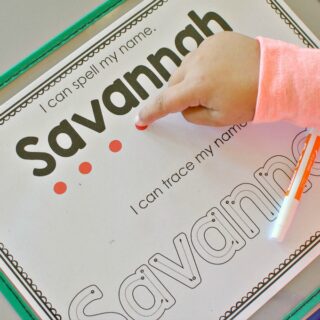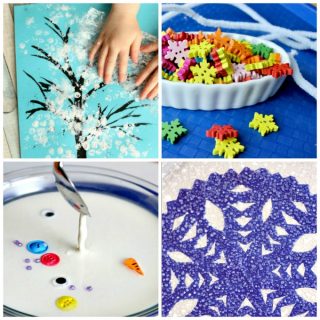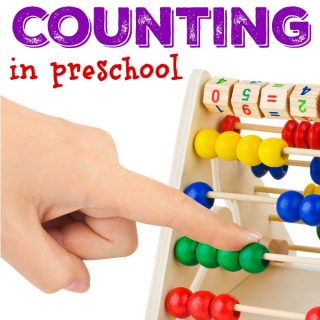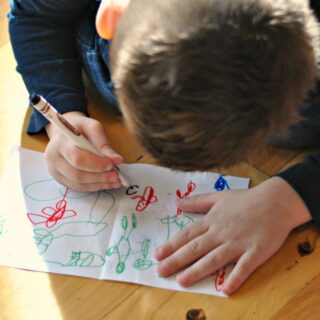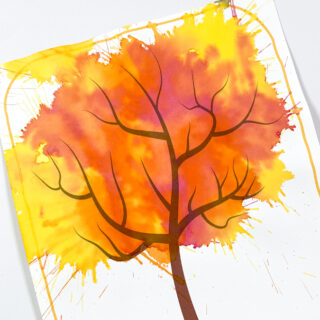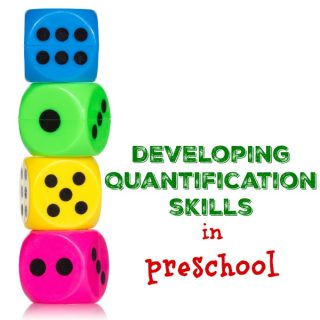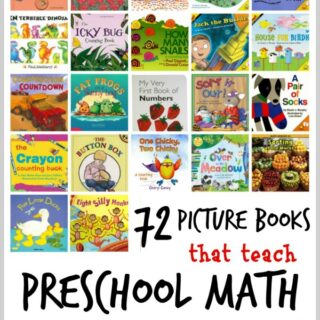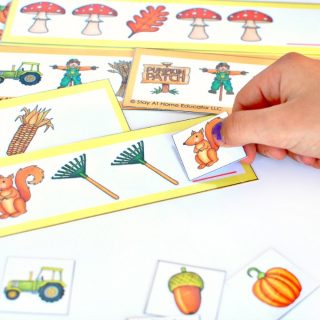Name recognition is one of the most important skills for preschoolers to learn. But just because a preschooler can identify their name doesn’t exactly mean they can spell it. These name practice sheets do both. They teach recognition and name spelling. This post has been recently updated and now includes a done for you printable…
35+ Awesome Snow Day Activities
Brrr! Baby, it is cold outside! We have been hit with an unusual amount of snow this year, which my preschoolers are adoring, but unfortunately that has meant several days of school closures, both my preschool and the district schools. My kids and I are starting to feel a little snowed in since temperatures have dropped…
Counting in Preschool – Part 2 of Number Sense Guide
Teaching number sense in preschool takes careful planning, and this is your ultimate guide to becoming a successful parent-teacher in teaching number sense to your preschooler. As part II of a five post series, this post will teach you everything you need to know about teaching counting in preschool. (And surprisingly, there is a lot to know!) This…
Christmas Writing Center for Preschoolers – Making Cards
Learning centers in preschool can take a lot of time in planning, but not this Christmas writing center! It is quick and simple, but preschoolers love it because they feel like such big kids at this center! I fear that Christmas cards are becoming a thing of the past. Each year my family receives a…
Pom Pom Splat Fall Tree Craft
Doesn’t everyone love a little process art mixed with a craft? That’s exactly what this pom pom splat fall tree craft is! It’s a little whimsical and a little messy and a whole bunch of fun. We add this to our fall activities for preschoolers every year. Plus, find alternate ways to use the free…
Quantification in Preschool – Part 1 of Number Sense Guide
Teaching number sense in preschool takes careful planning, and this is your ultimate guide to becoming a successful parent-teacher in teaching number sense skills to your preschooler. This post will teach you everything you need to know about quantification in preschool and includes lots of helping counting and number sense activities that are a developmentally appropriate for…
72 of the Best Math Picture Books for Kids
Math is a difficult subject for many children, so difficult in fact that many children claim they hate math! One way to pique interest in math and to help solidify math skills is to use picture books to help explain mathematical concepts. This post includes 72 of the very best math picture books for kids. I…
6 Low-Prep Fall Activities for Preschoolers
The leaves are changing colors, and you can feel the crispness in the air. Fall is here, which means it’s time for apple picking, pumpkin carving, hay rides and more. If you’re looking for some low-prep learning activities for the fall season we’ve got you covered! 6 printable fall activities to enjoy with your preschooler…
- « Previous Page
- 1
- …
- 71
- 72
- 73
- 74
- 75
- …
- 90
- Next Page »
